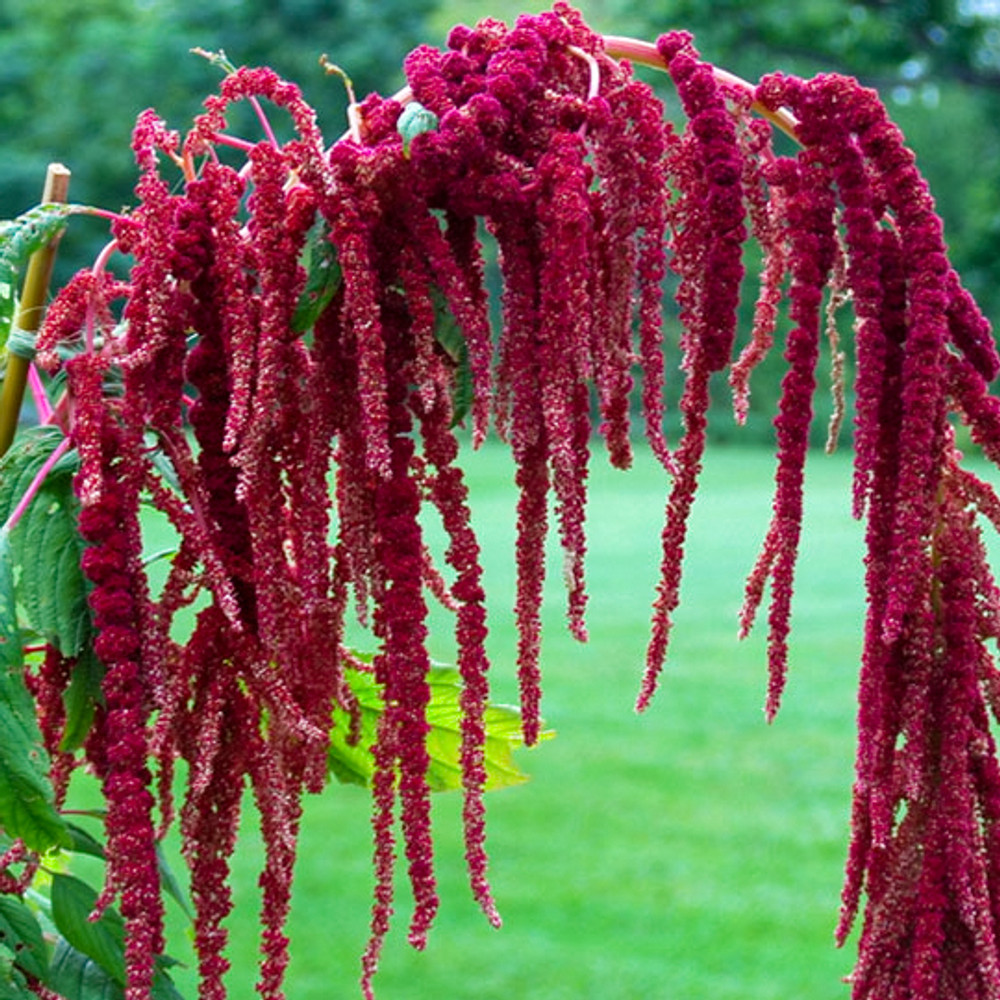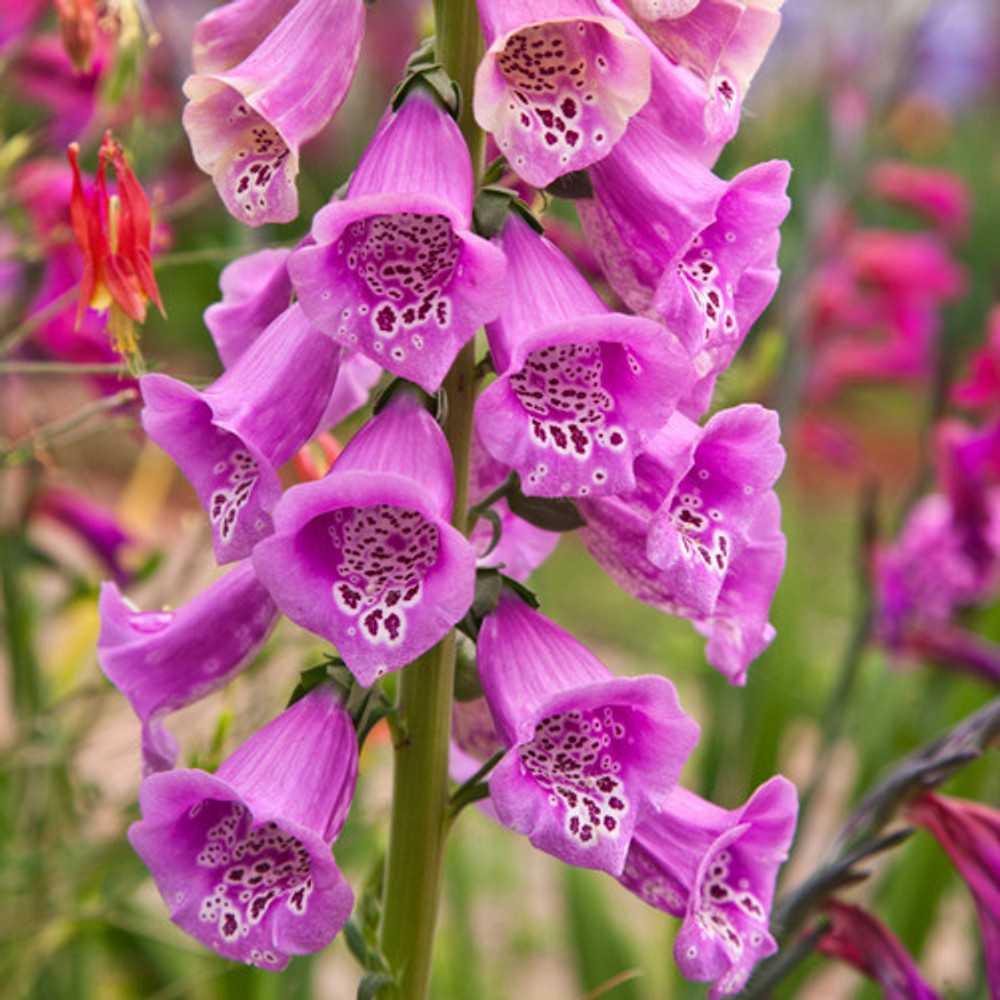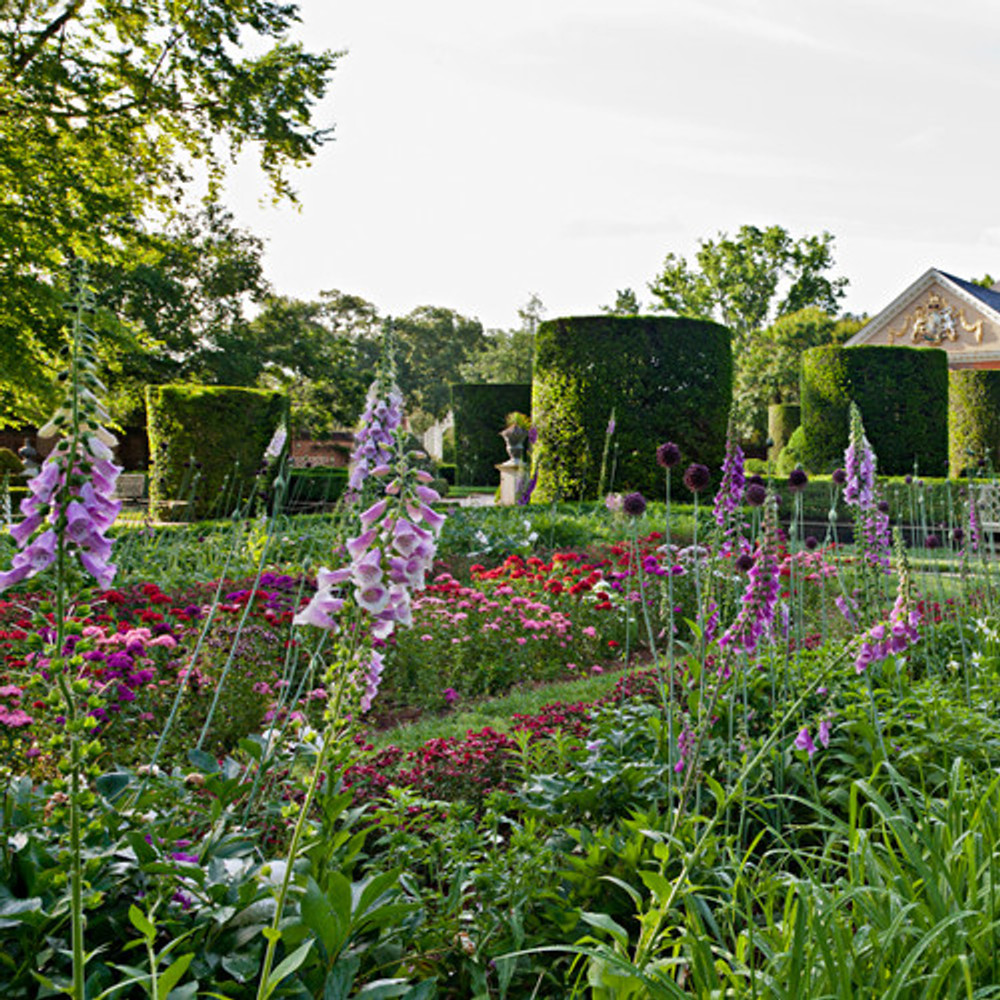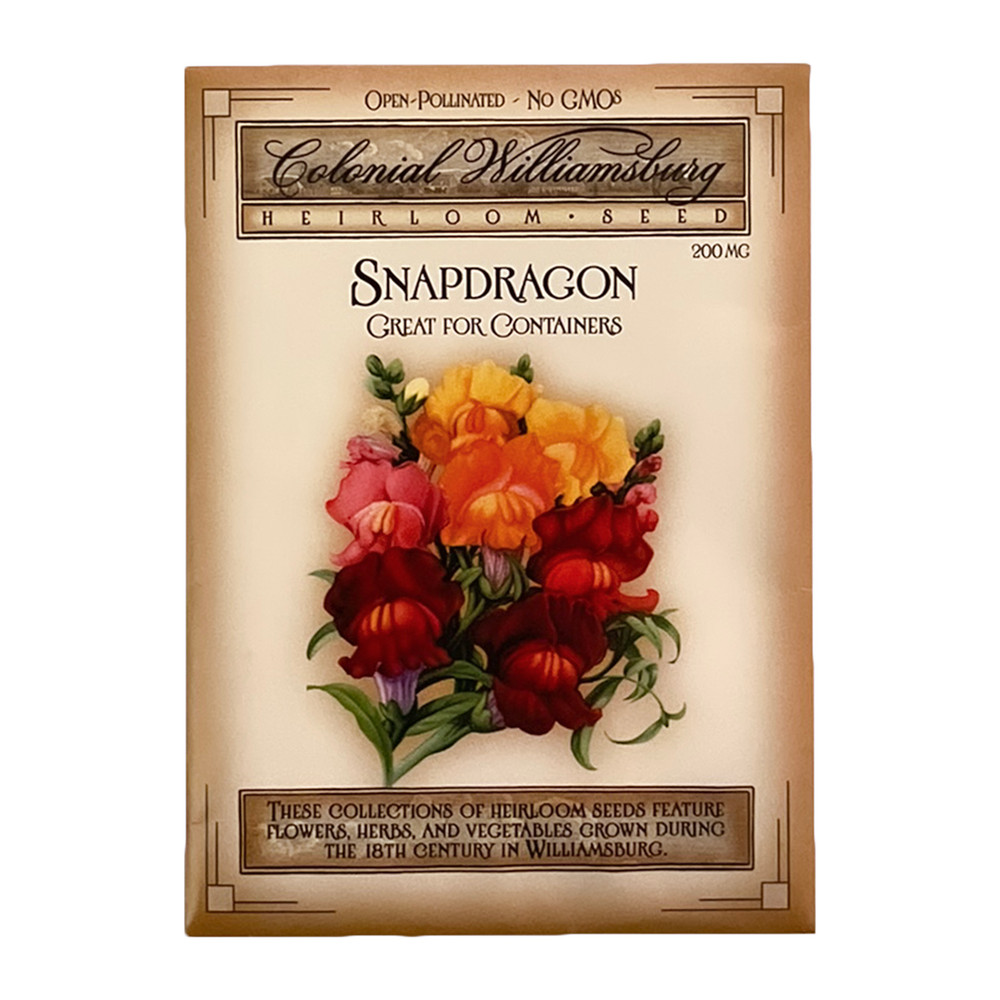Product Description
Create your very own historically inspired garden with this packet of Hollyhock Doubles seeds. Native to Turkey and Asia, the hollyhocks we know today probably came from China. The common name originated during The Crusades as “Holy Hoc”, “hoc” being the Saxon word for mallow or salve and referring to the plant’s healing qualities. The doubles, thought to be new introductions, are actually very old varieties from the 1500s. Chater’s Double was introduced in the 1880s. The 7-9 foot plans produce fully double flowers in red, yellow, magenta, white, pink and salmon. It is the only Victoria Era cultivar to survive the present.
Planting Instructions
FULL SUN - Plants are difficult to grow from seed and should be started indoors with bottom heat about 6 weeks before the last frost date. Seed can also be sown in late summer or fall. If planting in spring, keep the soil slightly moist until germination which takes 14-21 days. Plants produced by spring sown seed will not blossom until the following year.
Spring seedlings can be transplanted outdoors when the danger of frost has passed. Direct sown seedlings should be thinned to 8-10 inches when the seedlings are 2 inches high.
Features
- Biennial Plant, Alcea rosea
- 500 mg seed packet
- Plant 8-10 inches apart at ½ inch depth
- Days to Germination - 14-21
- Blossoms in approximately 60-180 days
- Pollinator Plant
- Made in the USA
Inspiration
Eighteenth-century Williamsburg was the home of many ardent gardeners and plant collectors who often exchanged seeds with fellow enthusiasts in Great Britain. Gardeners obtained their seeds from store merchants or from traveling seedsmen. Today, the Colonial Williamsburg seed program continues the tradition by offering many varieties grown in the 18th century.
Hollyhocks were grown and valued in Elizabethan days and for the first half of the 19th century. A horticulturalist named Chater of Essex, England, worked for decades on improvements to the plant and developed Chater's Double in the 1880's, one of the most popular hollyhocks of all time. In 1873, a rust disease which had spread from South America to Australia and then to Europe began to attack hollyhocks. The effects of the disease were so devastating that the cultivation of hollyhocks was all but abandoned by the end of the 19th century. By the 1930's, hollyhocks were beginning to make a comeback. In 1939, hollyhock Indian spring was introduced, and it remains the most popular single and semi-double mix of white and pink blooming hollyhocks available.

















